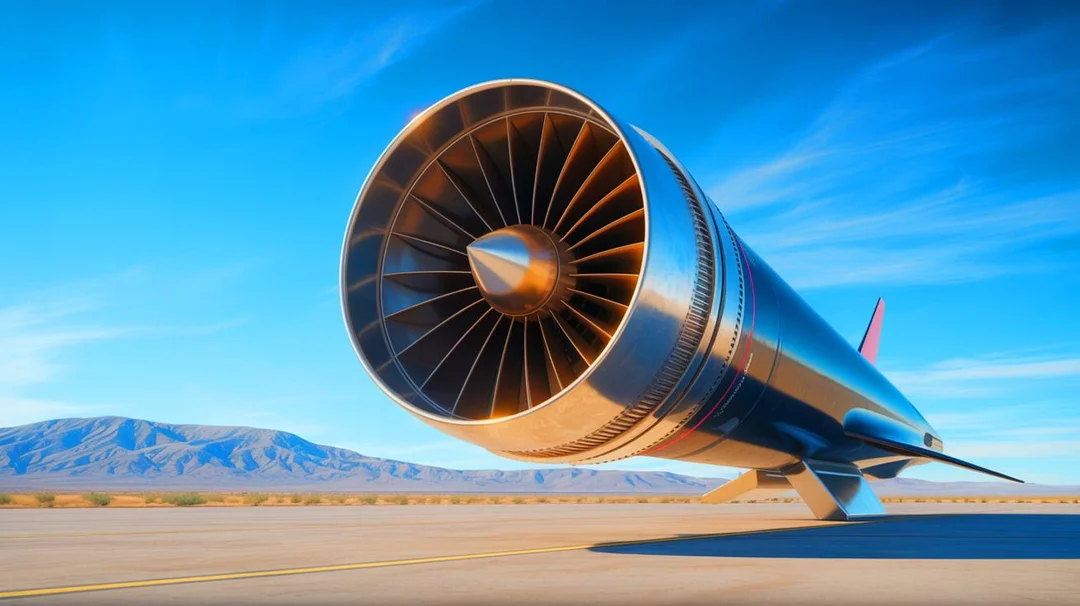
Stratolaunch’s Talon-A: Ushering in a New Era of Hypersonic Flight
The race for hypersonic technology is heating up, with the U.S. striving to regain its edge against Russia and China. Private companies like Stratolaunch are playing a crucial role in this comeback, developing cutting-edge hypersonic systems. Zachary Krevor, CEO of Stratolaunch, emphasizes the importance of achieving symmetry in hypersonic capabilities to maintain global order.
Hypersonic speed, defined as Mach 5 (five times the speed of sound, or approximately 3,800 mph), represents a significant leap in aerospace technology. While the U.S. pioneered this field in the 1960s with the North American X-15, the program was eventually shut down due to high costs and a shift towards stealth technology. This allowed China and Russia to advance their own hypersonic programs, leaving the U.S. lagging behind.
"We have a history of innovation in this country. And so we will catch up," said Krevor, highlighting the determination to reclaim the lead.
Hypersonic weapons are poised to revolutionize warfare, offering unprecedented speed, range, and maneuverability, making them difficult to intercept. To accelerate the development of this technology, the Department of Defense is partnering with private companies like Stratolaunch.

Established in 2011, Stratolaunch has already achieved a significant milestone: building the first reusable hypersonic aircraft to land autonomously since 1968. This aircraft, the Talon-A, has successfully completed two test flights since December.
"The Talon is a great starting point," Krevor explains. "Reusable hypersonic airplane, first one ever to do it autonomously in the whole world. And so we will start and build up that test cadence so we can get more learning, more data, etc. Then we'll continue to expand the offerings, potentially bigger Talons, faster vehicles."

The Talon-A is designed to fly autonomously at speeds up to Mach 6. Stratolaunch is also exploring the use of artificial intelligence to control the aircraft, as human pilots cannot withstand the extreme maneuvers at such high speeds. The company's ultimate goal is to improve maneuverability with AI, which they expect to be useful in both offensive and defensive applications.
Currently, the Talon-A is launched from 35,000 feet by the Roc, the world's largest operating airplane, distinguished by its massive 385-foot wingspan and twin fuselages. To broaden its operational capabilities, Stratolaunch has also acquired a Boeing 747, the "Spirit of Mojave," which will serve as an additional launch platform.

This increased mobility will allow for the Talon-A to be deployed from virtually anywhere and land on conventional runways. Stratolaunch envisions the Talon-A carrying a range of payloads, including weapons, equipment, and eventually, even passengers.
"One day we will see humans traveling at hypersonic speeds," said Krevor, expressing his long-term vision. "There is a need, a variety of use cases where traveling humans from point A to point B at these speeds is critical. And so one day, we do anticipate seeing that need and Stratolaunch will help contribute."
With Stratolaunch leading the charge, is the future of hypersonic flight finally within reach? What are your thoughts on the potential applications of this groundbreaking technology? Share your opinions in the comments below!